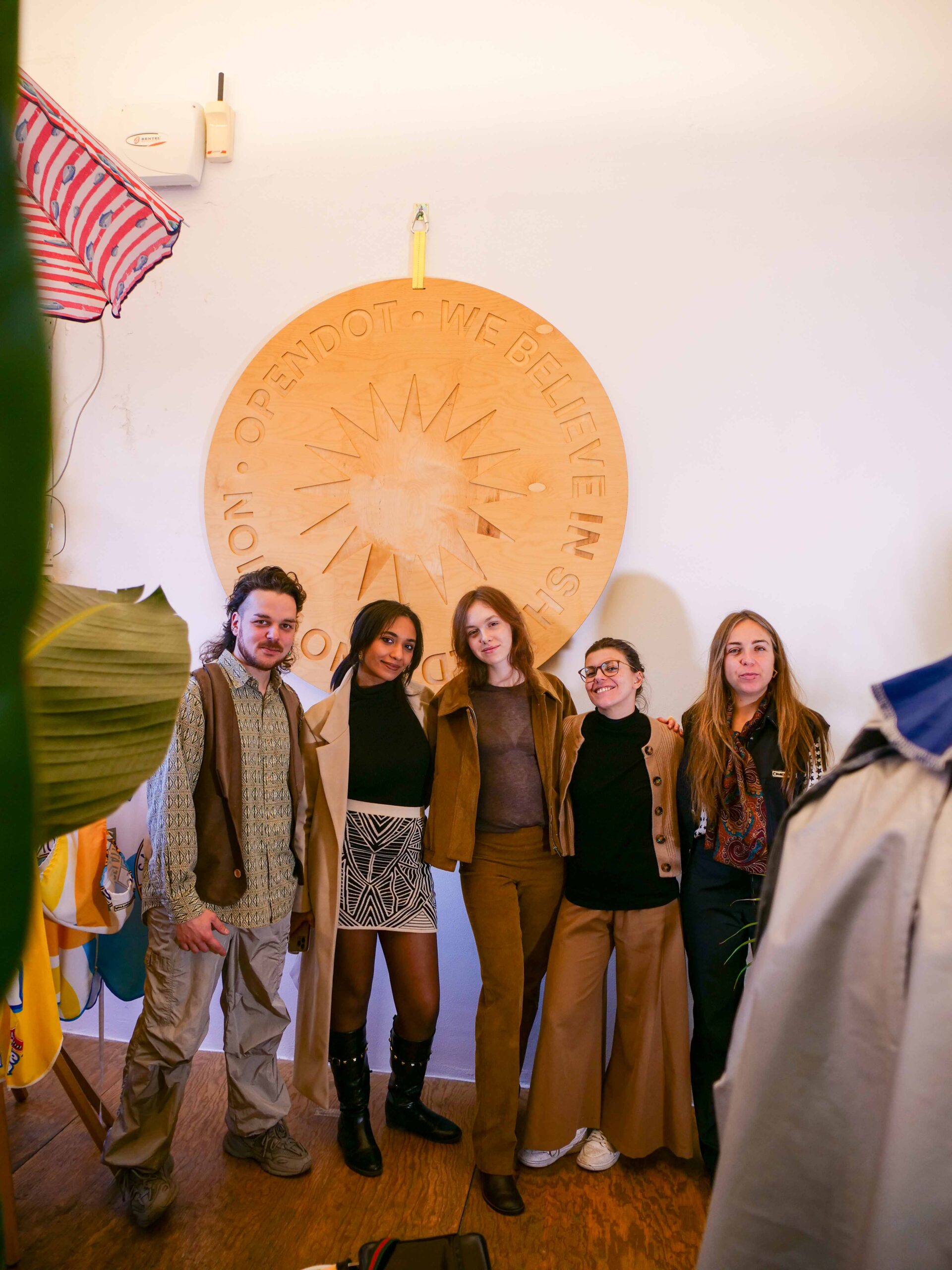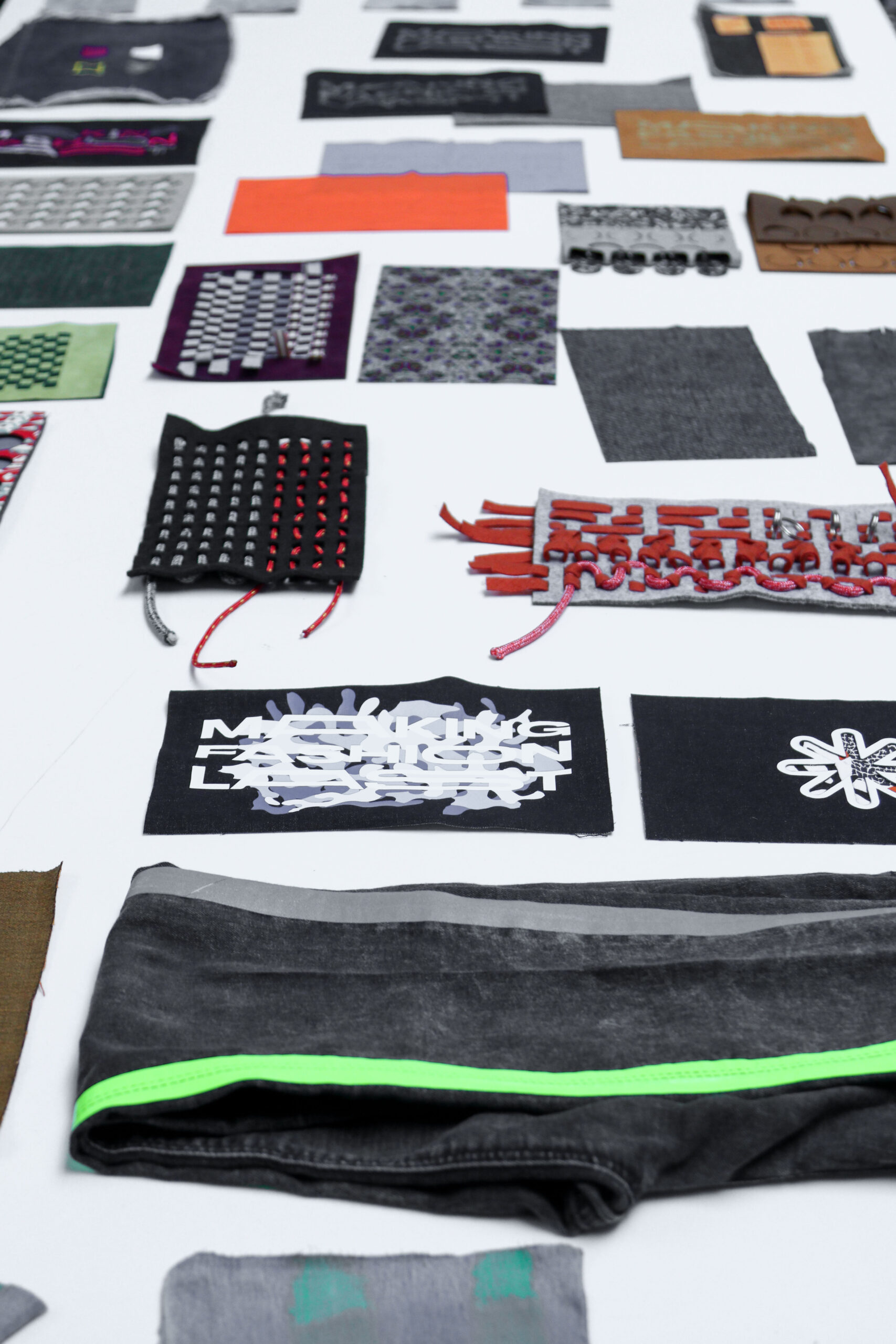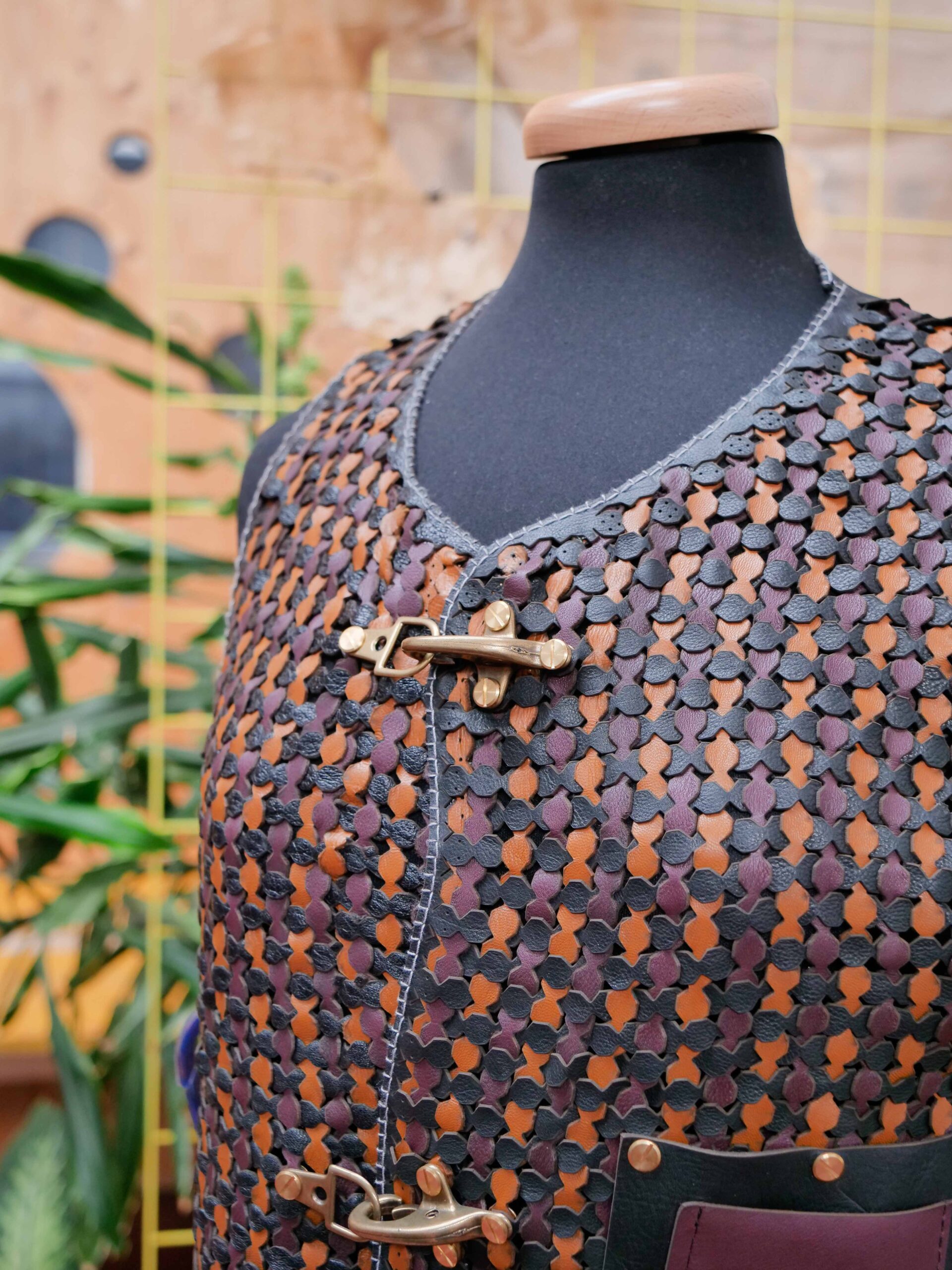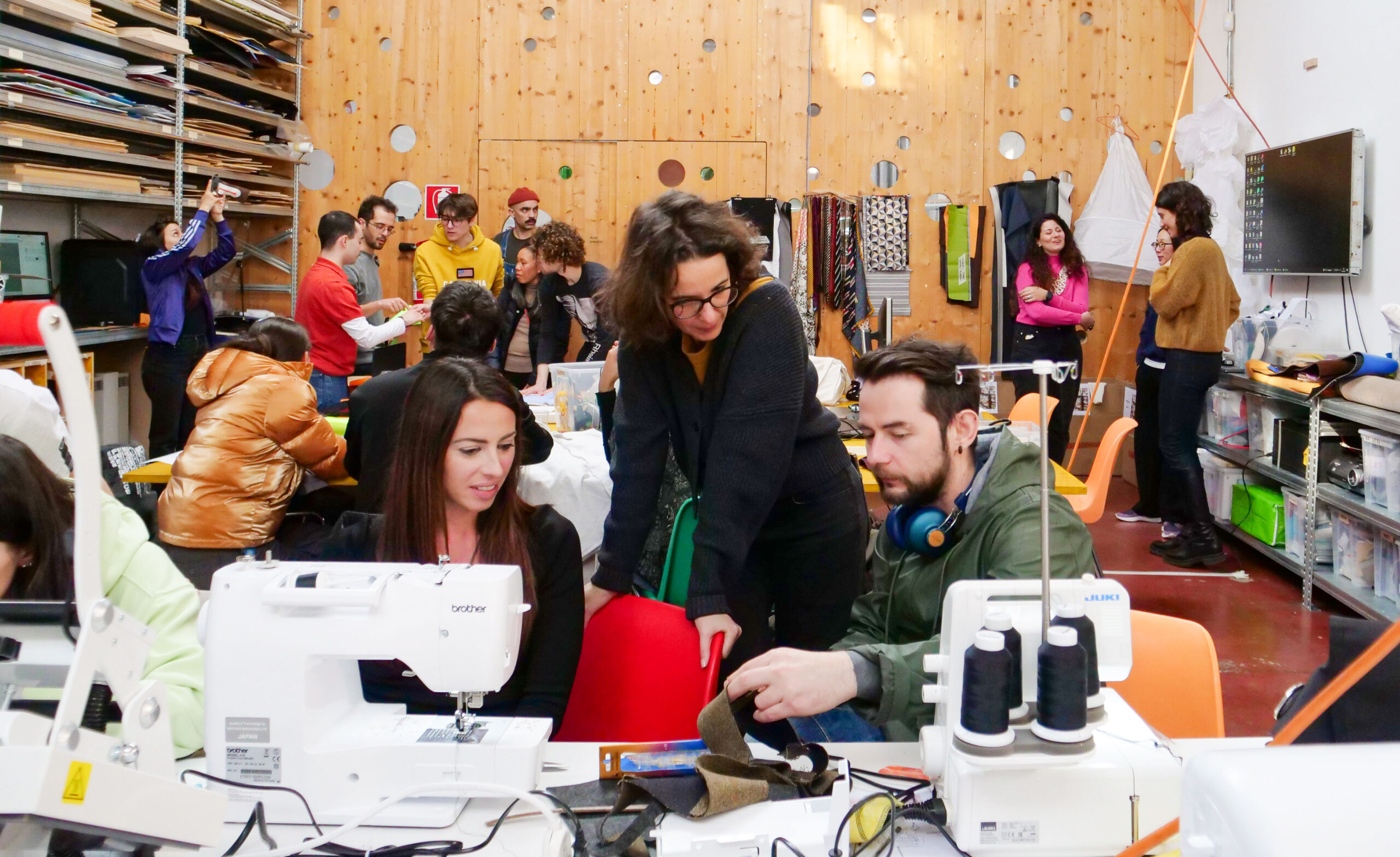Making Fashion Last: Three Years of Innovation and Sustainability in Fashion
Over the past three years, Making Fashion Last has been a journey of research, training, and experimentation dedicated to sustainable and circular fashion. A program that has placed the theme of garment durability at its core, exploring it from different perspectives and with innovative approaches.
As OpenDot, an innovation hub and non-profit association, we have led this journey through conferences, workshops, and a Residency Program, involving designers, activists, educators, sustainability experts, and fashion professionals.
Now, with the conclusion of our Residency, we want to reflect on the key milestones of Making Fashion Last, highlighting its impacts and the opportunities it has created.

First Year: Raising Awareness on Fashion Durability
It was 2023 and the launch of Making Fashion Last, marked a moment of deep reflection on the durability of garments, both physically and emotionally. To address this, we organized a conference featuring prominent figures from diverse fields: philosophers, activists, educators, brand representatives, and policymakers. The discussion covered fundamental issues, from the need for more ethical production to redefining the emotional value of clothing.
At the same time, our lab hosted a hands-on workshop involving designers, makers, tailors, pattern makers, and sustainability experts. Through co-design and interdisciplinary learning, participants experimented with ways to integrate the concepts of durability and repairability from the very first stages of garment design.
The goal of this first year was clear: to increase awareness of the need to rethink fashion’s life cycle and initiate a collective conversation about the necessary change.

Second Year: Training and Techniques for Circular Fashion
After laying the groundwork with awareness, the second year of Making Fashion Last focused on training. We organized three workshops in collaboration with Linda Zamboni, designer and lecturer in Fashion Sustainability at Istituto Marangoni. Each workshop explored a key aspect of circular design, featuring contributions from industry professionals and educators such as Blue of a Kind, Flavia La Rocca, Fashion Revolution Germany, and our digital fabrication experts.
The topics covered were:
- Repurposing and Upcycling – strategies for transforming waste materials into valuable new garments, preventing waste, and fostering creative innovation. As part of this, we worked with denim stock leftovers, repurposing them into new garments and accessories. The material was processed using laser cutting technology to explore new aesthetics and functional solutions.
- Transformational Design – design techniques that make garments adaptable and multifunctional, encouraging prolonged use and personalization. We applied the principles of tessellation to create flat surfaces or simple three-dimensional objects, designing modular elements, connections, and locking systems.
- Activism and Reparability – exploring fashion as a tool for activism, with a focus on repairability as a sustainable and social practice. During this workshop, we used digital fabrication techniques and technologies for DIY personalizations: laser and vinyl cutting, natural dyes, and thermoforming for reinforcements and patches. Additionally, we explored repair as a form of personalization, emphasizing how mending garments can serve as a symbolic expression of change.
These workshops provided participants with concrete tools to design fashion in a circular and innovative way, equipping them with new skills to tackle the industry’s challenges.

Third Year: Research and Experimentation with the Residency Program
The third and final year of Making Fashion Last took our mission to the next level: from training to concrete innovation. We launched a Residency Program in our lab, offering to four creatives the opportunity to develop innovative projects on specific challenges in fashion and textiles.
The themes addressed by the residents were:
- Repurposing and Upcycling – exploring new ways to reuse textile materials, transforming them into valuable products.
- Transformational Design for Inclusive Fashion – designing adaptable and accessible garments to meet diverse needs and body types.
- Fashion as a Means for Climate Activism – creating collections and initiatives capable of raising awareness about climate change through design.
With access to advanced digital fabrication techniques, the residents were able to experiment with innovative processes, demonstrating how technology can serve sustainability and inclusivity.
The first project explored the potential of traditional weaving techniques combined with new technologies, creating a methodology that integrates different types of materials into a homogeneous pattern, allowing easy separation at the end of their lifecycle to facilitate disposal and recycling. The second project aimed to create a fully 3D-printed dress, inspired by lace details, blending craftsmanship with additive manufacturing and overcoming various technical challenges along the way. The third project investigated zippers and buttons as modular connectors, enabling the transformation of three discarded shirts into 15 different outfits. The fourth project focused on repurposing beach umbrellas, iconic symbols of Italian summer, using parametric design to craft garments from a single umbrella while utilizing leftover materials for accessories such as hoods.

A Legacy of Impact and New Perspectives
After three years of Making Fashion Last, we proudly look back at the journey we have undertaken and the communities we have helped build. We have raised awareness among designers and consumers, trained new professionals in sustainable fashion, and supported the development of concrete solutions for a more ethical and innovative industry.
Our work does not stop here: the themes we have explored will continue to inspire new projects and collaborations. Sustainable fashion is a complex challenge, but we believe that by connecting skills, experimentation, and awareness, we can build a future where innovation and environmental respect can coexist.
